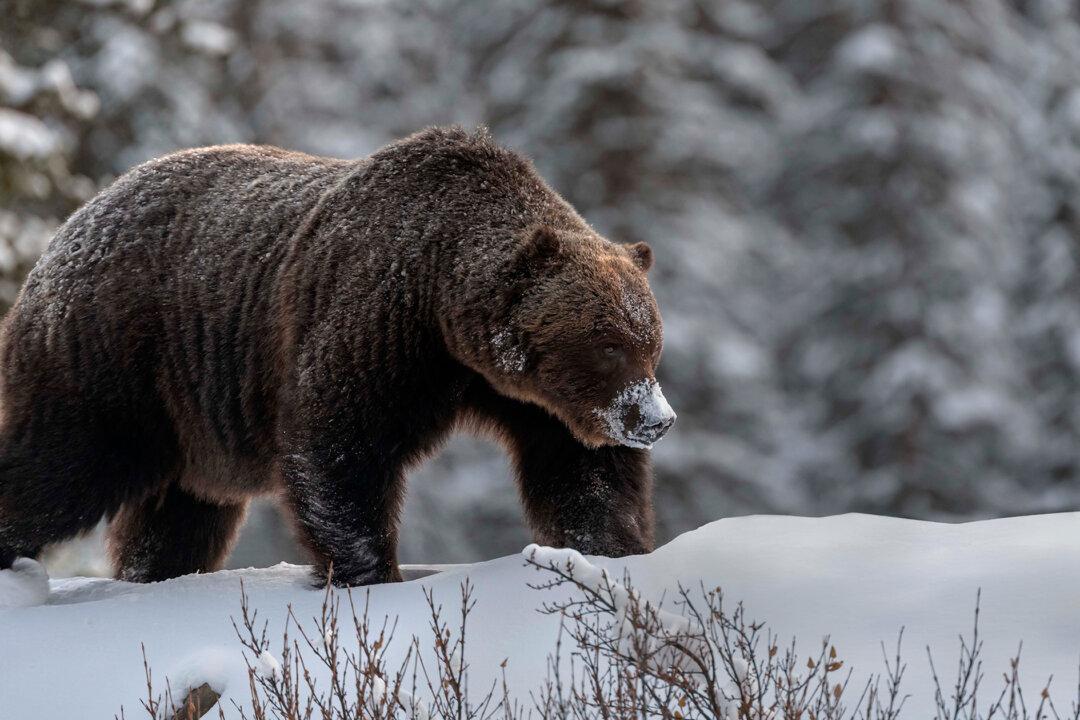En route to a different location, a Canadian wildlife photographer pulled over to investigate tracks in fresh snow, leading him to a chance encounter with the area’s most famous grizzly bear and the photo series of a lifetime.
Jason Leo Bantle, 50, lives in Canmore, Alberta. A trained biologist specializing in large carnivores, he is the founder and photographer of All in the Wild photography and has galleries in Alberta, Ontario, and his home province of Saskatchewan.





